
|
|
|
|
|
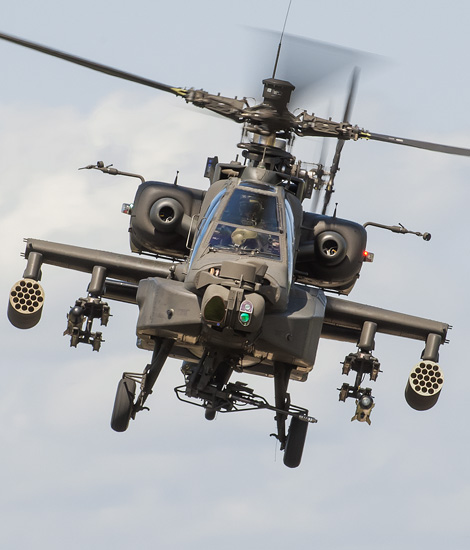
|
From GPLV to DHC, the Dutch Helicopters; Volkel, June 12 – 17, 2013
100 Years of Military Aviation, part 5; Text and Photograph's by Alex van Noye
In more than 60 years, the Light Aircraft Group (GPLV) has grown to the modern Defense Helicopter Command. The versatile helicopters around the world are in service nowadays compared to the early days of this organization. Most helicopters are based at Gilze-Rijen; the rest is based at De-Kooy and Leeuwarden.
The history of the Defense Helicopter Command (DHC) goes back to the 50s when the Light Aircraft Group (Groep Lichte Vliegtuigen, GPLV) was established. The planes which were used were aircraft such as the Piper Super Cub, the Auster and the Beaver. All of these aircraft were in service of the Royal Netherlands Army (Koninklijke Landmacht, KL). The GPLV was responsible for air observations as part of the artillery units of the Army. In 1955, the first helicopter entered service in the Dutch defense. The first 3 of a total of 36 Hiller OH-23B Raven helicopters arrived on June 8, of that year. These helicopters were assigned to the no 298, no 299 and no 300 Squadron at Volkel airbase Ypenburg airbase and Deelen airbase. The Hiller was replaced by the French Sud Aviation SE3160 Allouette III from 1965. A total series of 77 Allouette III helicopters were purchased. There were 5 of these helicopters which entered service for SAR duties. In 1975, the Piper Super Cub was replaced by the MBB Bo-105C Bölkow. A total of 30 Bölkows were purchased as light reconnaissance helicopters. The GPLV contained only helicopters from that moment. In the 80s the name GPLV was therefore replaced by the name Group Helicopters (GPH). The only helicopters which were used by the air force were the Allouette III and the Bölkow. The GPH also became a full member of the Air Force instead of a shared component with the Army. The two main airports for the GPH were Soesterberg Airbase and Deelen airbase.
The GPH consisted out of 3 operational squadrons and 2 inactive squadrons. The no 298 Squadron was the only operational squadron which was stationed at Soesterberg Airbase. The unit flew 24 Allouette III helicopters. The no 299 Squadron was stationed at Deelen airbase. This unit was equipped with the Bo-105C Bölkow. Also this unit had 24 Bölkows. The last operational unit was the no 300 Squadron at Deelen airbase. This unit had 18 Allouette III helicopters in use. The no 301 Squadron was a unit which existed only on paper. The no 302 Squadron was a reserve unit which would only exist
|
|
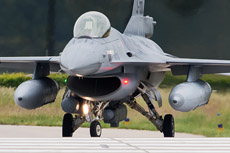
|
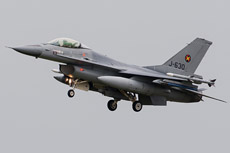
|
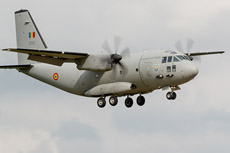
|
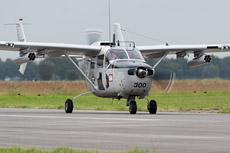
|
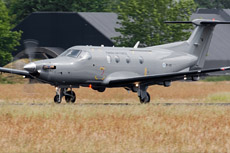
|
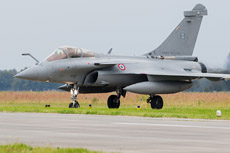
|
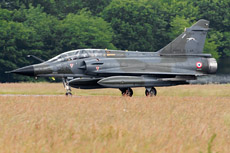
|
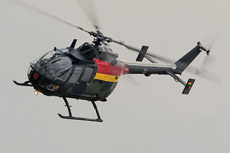
|
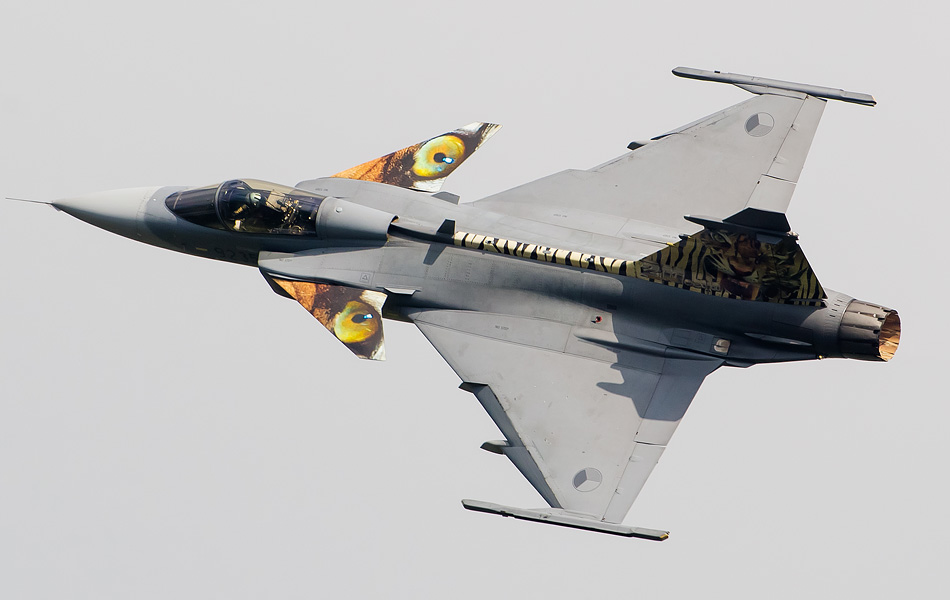
|
in wartime. From 1995, the outdated helicopters were replaced by a new generation of helicopters. The no 298 Squadron changed the Allouette III helicopter for the Boeing CH-47D Chinook heavy transport helicopter; the unit received 13 of these helicopters. Also the no 300 Squadron changed its Allouette III helicopters for the medium heavy AS-532U2 Cougar transport helicopter. This unit received a total of 17 Cougars; also there were still four Allouette III helicopters in service with the unit for aerial photography and VIP transport. From 1995, the no 301 Squadron received the McDonnell Douglas AH-64A Apache. The no 302 Squadron followed in 1998 when it received the first of 30 Boeing AH-64D Apache attack helicopter. Also the name Group Helicopters was changed. The new collective name of the helicopter units became the Tactical Helicopter Group Royal Netherlands Air Force (Tactische Helikopter Groep Koninklijke Luchtmacht, THG-KLu). The no 299 Squadron continued to fly with the Bo-105 until 2003, when the unit was disbanded at Gilze-Rijen airbase.
The group maritime helicopters (MARHELI), was a part of the Marine Air Service (Marine Luchtvaartdienst, MLD) and was based at the Naval Air Station De-Kooy in Den-Helder. Until 2011, the no. 7 Squadron and the no 860 Squadron were using the Westland SH-14D Lynx. The Lynx was a small and fast and also a highly maneu- verable helicopter which was designed to land on ships. The Royal Netherlands Navy also flew these helicopters from their frigates. The helicopters of the no 860 Squadron have the operational role on board of the frigates. These helicopters are now often deployed against piracy in the Gulf of Aden near Somalia and against drug trafficking in the Caribbean. The helicopters of no 7 Squadron are used for the SAR mission. The crew of the Lynx during a SAR mission consists of 5 persons, namely; 2 pilots, 1 winchman or hoist operator which operates the hoist, 1 rescue swimmer and 1 doctor. The Lynx is able to rescue 3 victims during one flight, but this rarely occurs. From 2010, the 2 squadrons at the De-Kooy were equipped with the NH90 NFH. In total the units at De-Kooy will receive 12 NH90 NFH helicopters. Additionally, 8 NH90 TNFH will be delivered. It is not yet clear where these helicopters will be based, it will be Gilze-Rijen or De-Kooy. These helicopters will probably replace the 8 Cougars at Gilze-Rijen which are in service with the no 300 Squadron.
The Dutch Defense Helicopter Command (DHC) was founded in 2008. A study was started in the year 2001 by the Dutch Ministry of Defense under the name “full military helicopter capacity” and looked at a possible merger of several helicopter units within the Dutch defense. The case concerned the helicopter units of the Royal Netherlands Air Force (RNLAF), the Air Mobile Brigade (LMB) of the Royal Netherlands Army and the Naval Aviation (MLD) of the Royal Netherlands Navy. Because of the many austerity measures linked to a growing demand for helicopters, it was decided to establish one helicopter organization for the entire army in 2005. The Defense Helicopter Command (DHC) was officially established during a ceremony on Friday July 4, 2008. The DHC was created from a merger between Gilze-Rijen airbase and Soesterberg airbase, Naval Air Station De-Kooy in Den-Helder and the SAR flight at Leeuwarden airbase. Soesterberg was disbanded in this new situation. Gilze-Rijen was designated as the main airfield of the DHC. There are currently 3 units based at Gilze-Rijen, namely; the no 298 squadron which flies the CH-47D Chinook, the no 300 Squadron which flies the AS-532U-2 Cougar and Allouette III and the no 301 squadron which flies the AH-64D Apache. Naval Air Station De-Kooy in Den Helder is the home base of 2 units, namely; the no 7 Squadron and the no 860 Squadron. Both units are equipped with the NH90 NFH. Furthermore, the no 303 squadron is based at Leeuwarden airbase and is responsible for the SAR flight in the Wadden Sea area.
|
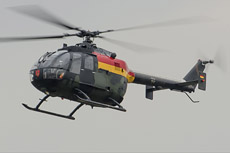
|
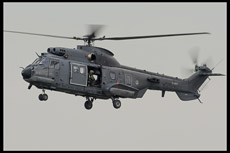
|
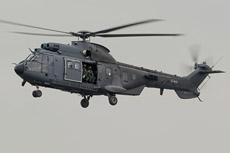
|
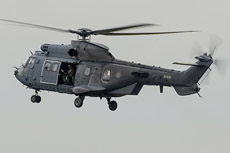
|
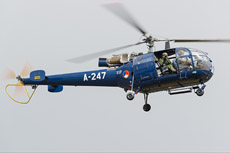
|
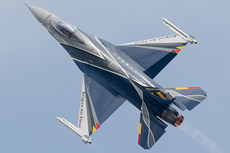
|
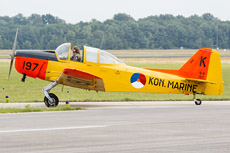
|
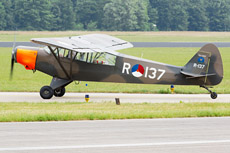
|
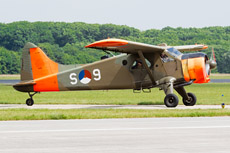
|
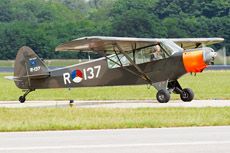
|
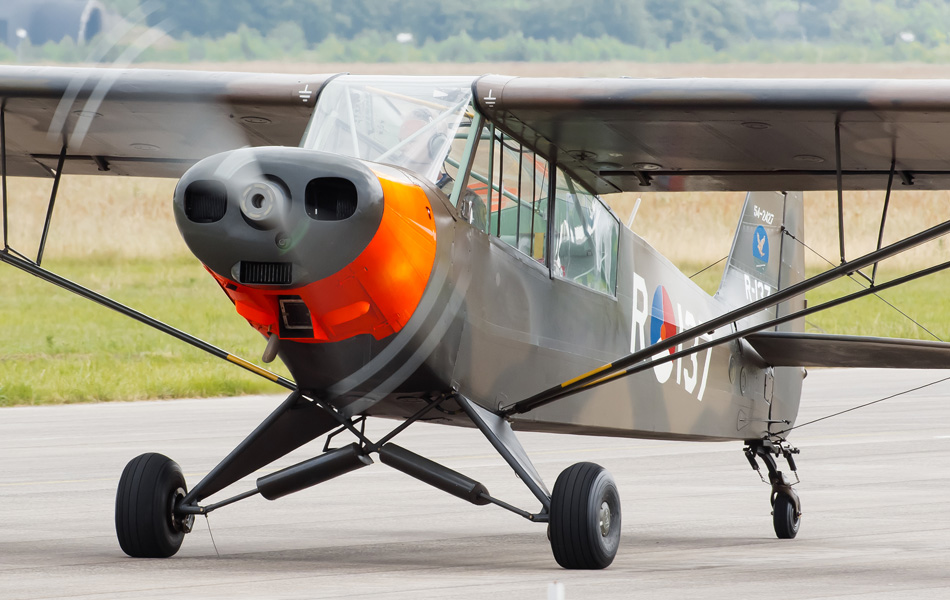
|
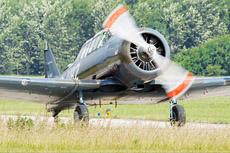
|
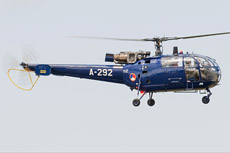
|
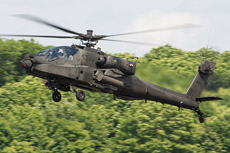
|
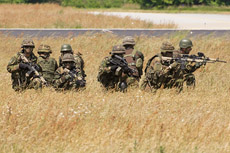
|
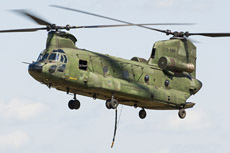
|
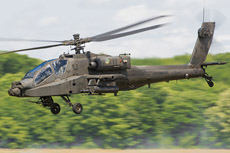
|
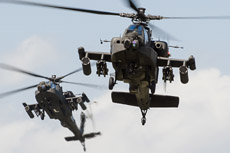
|
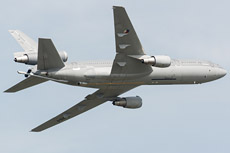
|
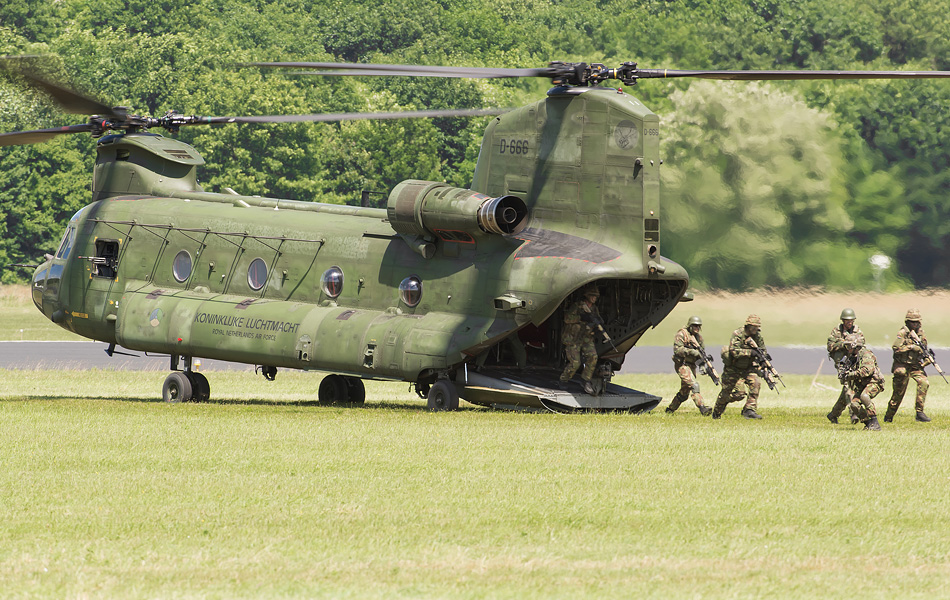
|
|
|

|







